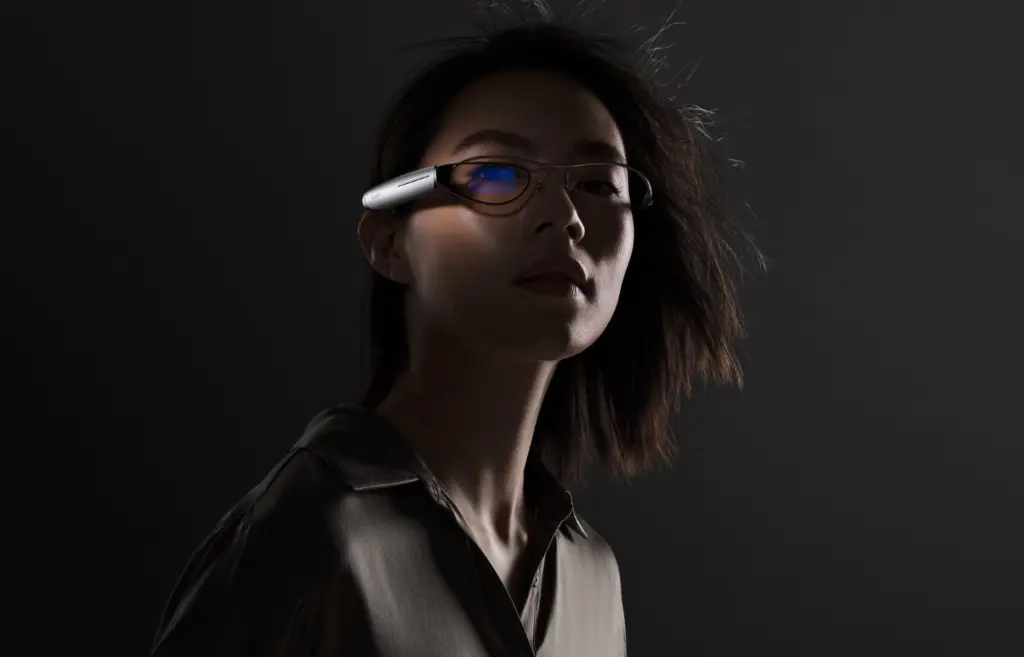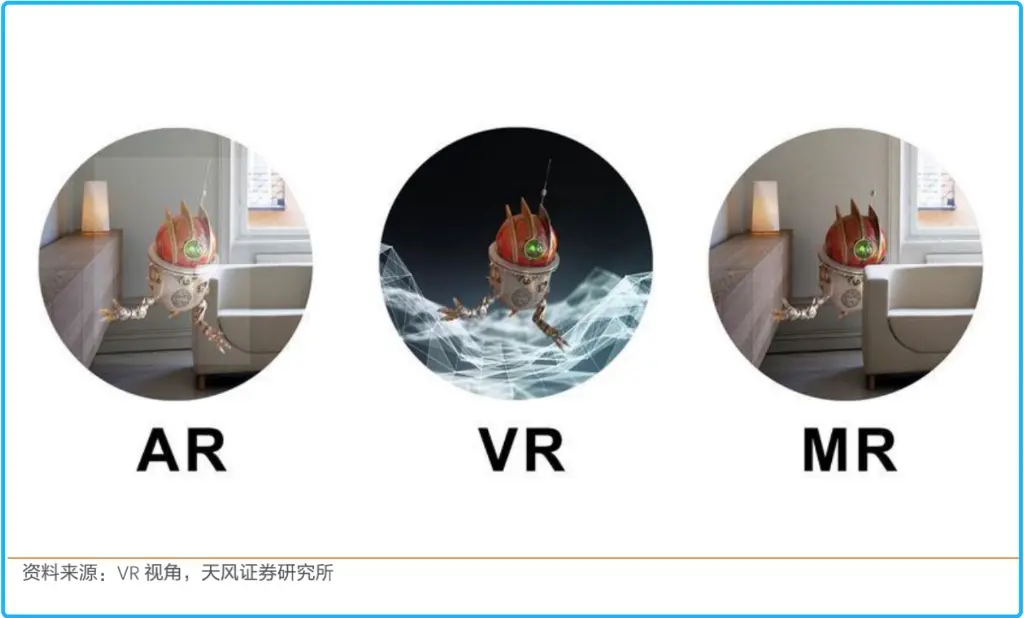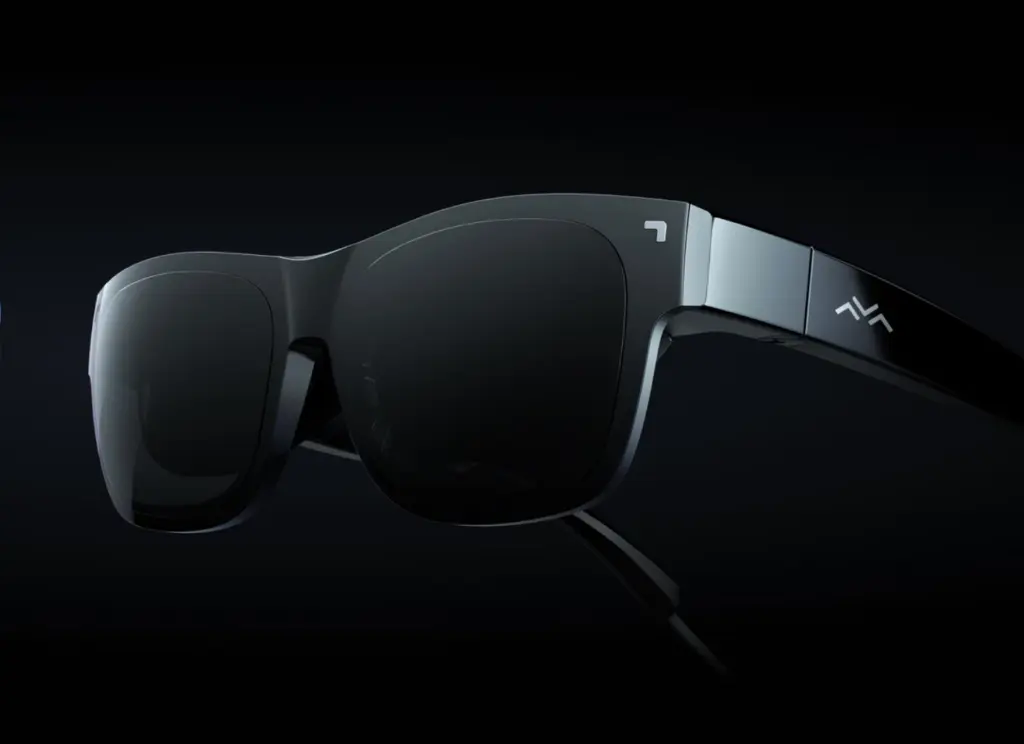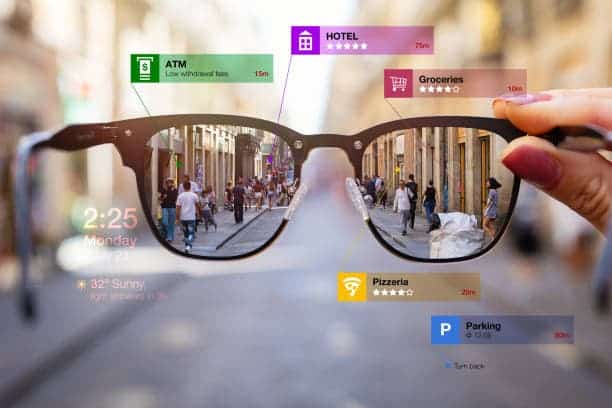The AR (Augmented Reality) industry has experienced ups and downs. Unlike VR (Virtual Reality), which is an immersive experience in a virtual environment, AR is more closely combined with reality. Augmented Reality is actually between VR and MR (Mixed Reality). In the ideal design, it is thin and wearable, which is technically possible.

How have Augmented Reality progressed?
AR technology has been developing over the past few years. In the past, AR equipment was mainly based on the B-end market. The investment in the C-end AR market was relatively limited. However, in the past year or so, under the metaverse trend, AR is one of the most important technology. In fact, AR is now back to the public. The consumer AR market is on the rise again.
“AR glasses will replace smartphones and become the next generation of mobile terminals…” We have seen several statements like this even from top industry executives.
In the past year, Chinese AR glasses manufacturers have been embracing the C-side. Several Chinese companies have been announcing their entry into the AR market.
“At present, companies in the AR industry have more actions and products. It is a big industry cycle.” Li Hongwei, CEO of Thunderbird Innovation says.
Once again, how far is the current AR from the dream of “next-generation mobile terminals”?

AR technology is spreading fast – gets significant investments
Just like the rest of the world, Chinese brands also have huge interests in AR. In the third quarter of 2022, Nreal, Thunderbird Innovation and Rokid were top Chinese AR brands. Nreal ranks first with an AR market share of 34.5%. Thunderbird Innovation is second with a market share of 28.6%. Thunderbird Innovation, which became popular within a year of its establishment, is the epitome of the AR industry. In the past two years, with the explosion of the concept of the metaverse, AR is a key technology.
The most important force driving this wind is the AR companies that are already in it. In the first half of this year, AR companies released new products in a concentrated manner. This made the consumer-grade AR glasses market significantly more lively. In September alone, 3 new AR glasses were unveiled. We had the Lenovo Glasses T1, Dream Glass Flow, and Bright Vision AR subtitle glasses.
According to statistics, more than 10 AR glasses were released or listed in the first half of this year. There have been huge investments in AR technology. Chinese AR investments hit a new record high of $37.4 billion. Several Chinese AR brands have obtained financing. The likes of Liangfengtai, Nreal, Rokid and Yingmu all have decent investors.

In March this year, Rokid announced that it had received a total of 700 million yuan ($97 million) in Series C financing. Nreal also announced the completion of a $60 million C+ round of financing. In less than half a year, Nreal received a strategic investment from GENTLE MONSTER, with a financing amount of $15 million. AR optics-related companies, such as Schneider, Huiniu, Lingxi Weiguang, and Shanhe Optoelectronics also received financing in the first half of the year.
Google could be a gamechanger
Ten years ago, Google released monocular AR Google Glass. Like the scenes described in sci-fi movies, this glasses allow the wearer to obtain real-time information. It provide services such as image uploading, video calling, and weather checking. This product was accepted by labs and film and television companies. However, it was never able to stimulate the interest of ordinary consumers. For ordinary consumers, the AR glasses have three major issues. It is expensive, has a short battery life and its applications are far from perfect.
Because of this, Google Glass failed to help Google open the consumer AR market. In January 2015, Google Glass was discontinued. At the same time, Google shut down related projects. In an earnings call shortly after, then-Google CFO, Patrick Pichet expressed pessimism about the future of Google Glass. He admitted that Google Glass would not launch a consumer version for the time being. However, Google also claim that AR technology is very important, and Google will continue to develop it. Google is now developing a new AR headset and the codename is “Project Iris”. From speculations, this product will be available as soon as 2024.

Three types of Augmented Reality brands
At present, there are generally three types of players in the AR market. The first is American companies like Google and Microsoft. We also have smartphone brands like Apple, Oppo and Xiaomi. Then there are emerging AR brands like Nreal, Thunderbird Innovation, Rokid, etc.
At the moment, the first class have shipped more market devices. The second class mostly focus on exploration, occupying the least market share among the three types of players. Emerging AR companies in China, Nreal, Thunderbird Innovation, and Rokid focus on China. In the Chinese AR market, Nreal, Thunderbird Innovation, and Rokid account for more than 80% of the market share.
AR brands focuses on movie viewing, entertainment and smartphone integration. They also focus on information prompts, such as providing navigation, translation, teleprompter, etc. In 2018, the AR company, Magic Leap launched the Magic Leap One. This is a consumer-oriented AR glasses, priced at $2,295. Due to the high price and the unsatisfactory performance it didn’t attract consumers.
How far is AR from replacing smartphones
An ideal AR glasses requires mature algorithms, interactive solutions, and excellent display effects. It also require elements suitable for consumers to wear, such as fashionable appearance. From this factor, AR glasses are still in the exploratory stage.
“We predict that consumer-grade AR will go through three stages: the early market (2022-2025), also known as the preparation period, the essence and core capability of this stage are hardware devices, which can replace some mobile phone scenarios; the mainstream market (2025 -2028), the performance of the hardware meets the requirements of the Killer App, revolutionary products appear, and enter the mass user; the ecological explosion stage (after 2028), this stage forms a barrier that constitutes a positive ecological cycle.” Li Hongwei said.
This means that we have at least six years to get a 100% working Augmented Reality technology. At the moment, the overall shipments of AR glasses are still small. In fact, there is no consumer-grade AR product at the moment.
Mixed reactions on AR technology
Over the years, there have been mixed reactions regarding AR headsets. Apple CEO, Tim Cook has never been stingy with his praise for AR technology. He believes that AR can not only strengthen the connection between people, but also has greater application potential than VR. “AR has a profound impact on people’s lives, and it is simply impossible to live without AR in the future.”
However, IDC says that after two years of growth, the AR headset market may shrink this year. Shipments of AR headsets have been declining in recent quarters due to the unstable financial situation of some leading companies. By the end of 2022, shipments in the global AR headset market will decline by 8.7% year-on-year to about 260,000 units.
Although the AR headset market will shrink in 2022, IDC expects a compound annual growth rate of 70.3% in the next five years. The AR headset market will continue to grow in the future. By the end of 2026, AR headset shipments will reach 4.1 million units.
Jitesh Ubrani, research manager for IDC’s Mobile and Consumer Device Tracking, expects AR headsets to become mainstream in consumption as early as late 2024 or early 2025.





